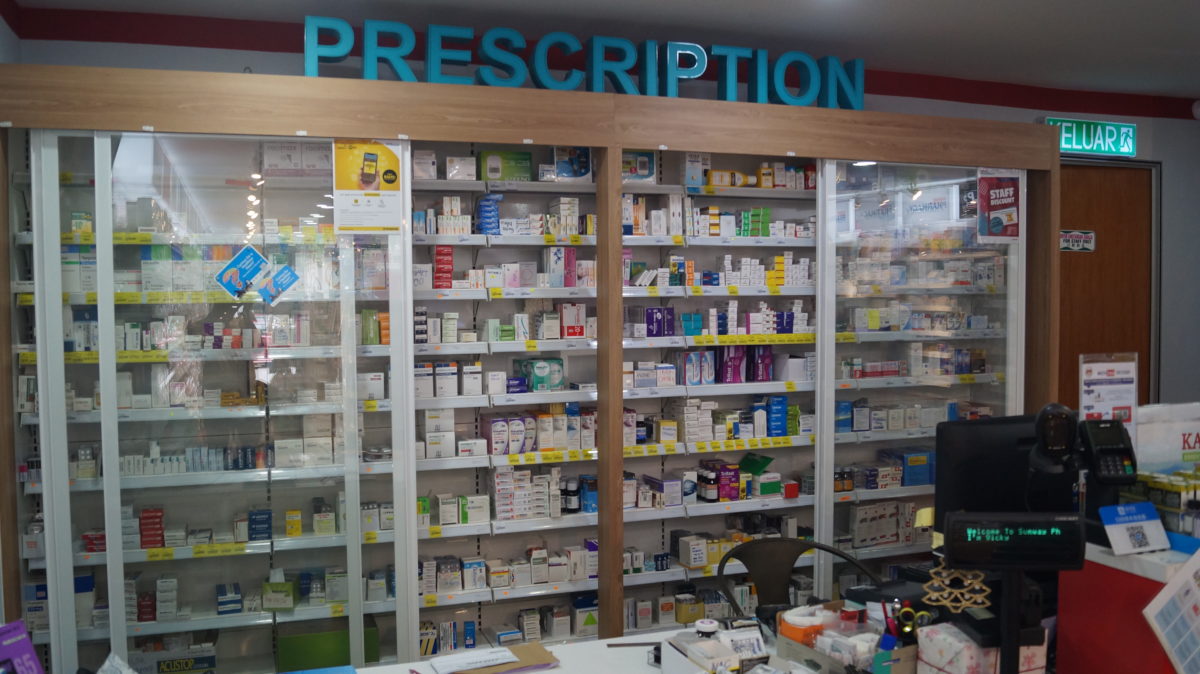PETALING JAYA, Jan 21 — The Ministry of Health (MOH) aims to regulate drug prices in Malaysia by the end of the year, despite widespread opposition from industry stakeholders.
MOH is targeting single-source innovative drugs sourced through public procurement in its first phase of price controls by using external reference pricing to benchmark drug prices in Malaysia against eight to 12 countries.
The average three lowest reference prices will then be chosen to determine the maximum medicine prices allowed in Malaysia at the wholesale and retail levels (clinics, hospitals, pharmacies), but a timeline has yet to be announced.
Dr Ramli Zainal, senior director of MOH’s Pharmaceutical Services Programme said today that he could not reveal what the selected reference countries were, as engagement sessions to finalise the matter are ongoing.
“We are not able to release the (names of the) countries yet, (as) we are still looking,” he said during a media engagement session at the National Pharmaceutical Regulatory Agency’s headquarters here.
“Most important is accessibility of the public data price,” he added, referring to publicly available drug prices in countries Malaysia wants to reference.
Other factors Malaysia will look at in reference countries include the availability of exact comparator products, an established pharmaceutical pricing system, disease burden, and the country’s economic status and gross domestic product per capita.
“If you insist on timelines, the sooner the better,” he said when pressed by CodeBlue. “We are looking at maybe this year.”
Last year, Health Minister Dzulkefly Ahmad said Cabinet had given its approval to regulate medicine prices, and would begin gazetting regulations under the Price Control and Anti-Profiteering Act 2011. However, he said this would depend on another round of consultations with the pharmaceutical industry.
Multinational pharmaceutical companies, private general practitioners, pharmacists, and hospitals, however, have all opposed drug price controls in Malaysia, claiming that this may upend the country’s health care system.
Health economist Prof Adrian Towse told a forum organised by the Monash School of Pharmacy last month that high price mark-ups on drugs sold in private clinics and hospitals are better countered through competition, rather than legislated price controls.
Fitch Solutions Macro Research, on the other hand, said medicine price regulations will ultimately be advantageous to Malaysia’s pharmaceutical market in the long run, even though private players’ profit margins will initially suffer.

Meanwhile, commenting on the recent 2019 Medicine Price Index by UK health care provider Medbelle, which ranked Malaysia as the third cheapest country out of 50 for common medicines treating conditions like heart disease, asthma, and high blood pressure, Dr Ramli said the data was “flawed”.
“When we look at the data, when we re-analyse the data, even though the product is not available in Malaysia, but they, in the end, they calculate the price… so we don’t understand… That’s why we don’t really use their information.”
He added that of the 13 medications in Medbelle’s price comparison, only 11 products are available in Malaysia.
“When you look at the calculations, (at) all the 11 products, 10 are higher than the global median. But when they summarise at the end of the report, they put us very low. That’s why we don’t understand. If 10 out of 11 is much higher than the median, how come at the end you are (so low)?
“There are instances when it is 122 per cent higher than the global median but at the end, when they aggregate the data, we become the third lowest,” he added. “That’s why this report, from our perspective, is not reliable”.
The medications chosen for comparison spanned a variety of common conditions: from heart disease and asthma, to anxiety disorders and erectile dysfunction, while its dosage size and average prices of both the brand compound and their generic versions were included in order to have a complete profile of each medication.
Dr Ramli also wrongly claimed that the Medbelle report did not separate data on the prices of originator and generic drugs combined in Malaysia, which the survey found was 90.8 per cent lower than the global median price.
“As you know, if (it’s) generic, it’s cheaper. Innovated (drugs) is much more expensive.”
The survey, however, did separate the two. Malaysia’s deviation from the median price of branded drugs was -89.67 per cent, which means that innovative drugs in Malaysia are almost twice as low as the global median price. Generic drugs in Malaysia are 79.04 per cent lower than the global median price.
He also asked where the data for Malaysia was procured, asking if it was from private clinics or hospitals.








